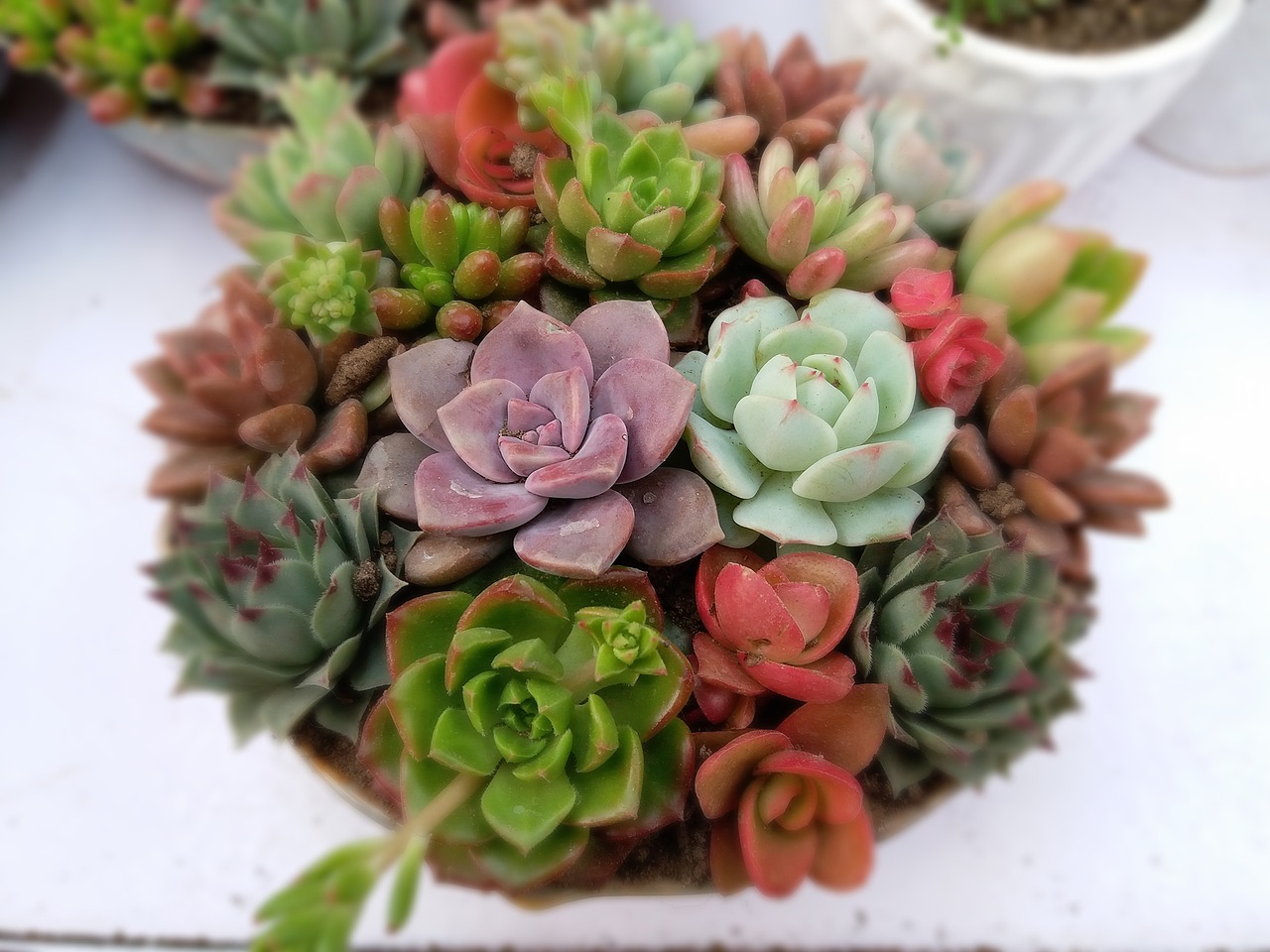8 Tips For Succulent Care You Must Know

1. Give them breathing room
While there are a couple of succulent sorts that do well inside (counting aloe and kalanchoe), most of these plants hail from warm, dry atmospheres and rely on upon great air circulation to breathe. You’ll have far more success keeping your plants outside, exposed to the elements.
2. Provide some shade
Regardless of widespread belief, most succulents don’t flourish if impacted with the most sizzling temperatures and when exposed to the fullest sun. While they value a considerable amount of light, most succulents need sun protection, particularly if the temperature hits the 90-degree-mark, or in the event that they’re small. The types that are strong green, pale, or variegated are most in threat of sun burn. On the off chance that you are wanting to impact your plants with the brightest sun, decide on plants that are red, dark, blue, or secured thickly with spines.
3. Start with the right soil
Utilize a fast-draining cactus mix. Or, then again, if you are a fan of DIY, change a conventional potting soil with coarse perlite, crushed lava, or pumice. A decent formula is one part amendment and four parts potting mix.
4. Low-water doesn’t mean no water
Maybe you’ve killed your succulents by overwatering them which causes decay. So now you may turn to underwatering which is just as bad. All things considered, you should remember that they require some water. Succulents like it when soil approaches dry before being watered. It implies you should water small pots about once a week and large pots about every two weeks.
5. Include drainage
Succulent roots detest overabundance water. Make sure there’s drainage in your pot.
6. Succulents need food
Once a year feeding is sufficient. Utilize any well-balanced organic fertilizer, half a dose, and feed at the beginning of the plant’s growing season for best
outcomes.
7. Rethink propagation
When you have a plant you like, pluck a stem and let it dry out in the shade for no less than 3 days. This procedure, known as healing, structures a callus, avoiding rot. Put your new stem in the soil mix, and you should be ready.
8. Beware of frost
While a few succulents, including certain sorts of Sedum and Sempervivum, can withstand freezing temperatures, most of the succulents however can’t. Any drop below freezing will call damage or death to your plant. The easiest solution for frost protection is to keep plants in containers that are light enough to move indoors or under awnings. Also, succulents really have a more prominent possibility of survival in the event that they’re dry before a frost comes, not wet.


